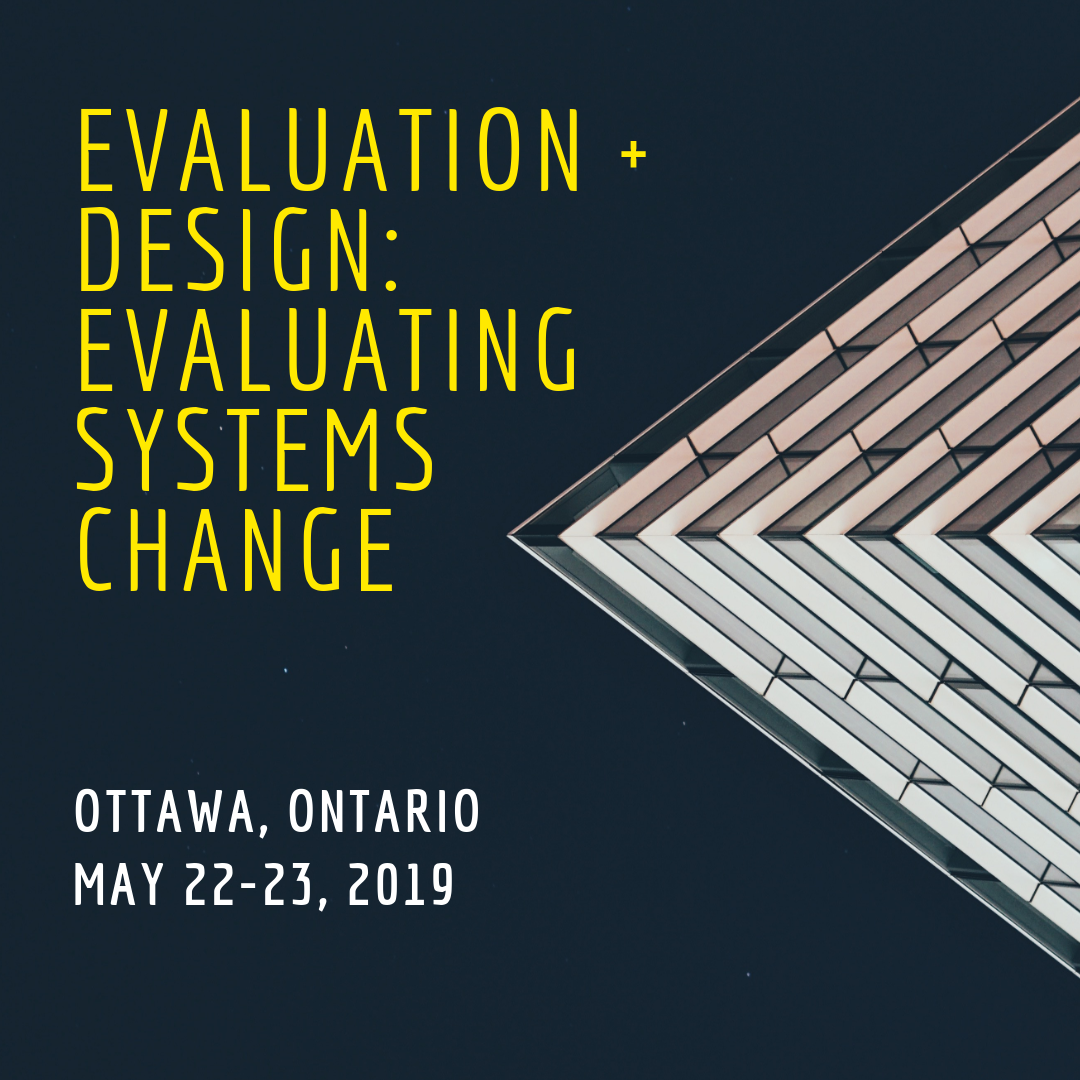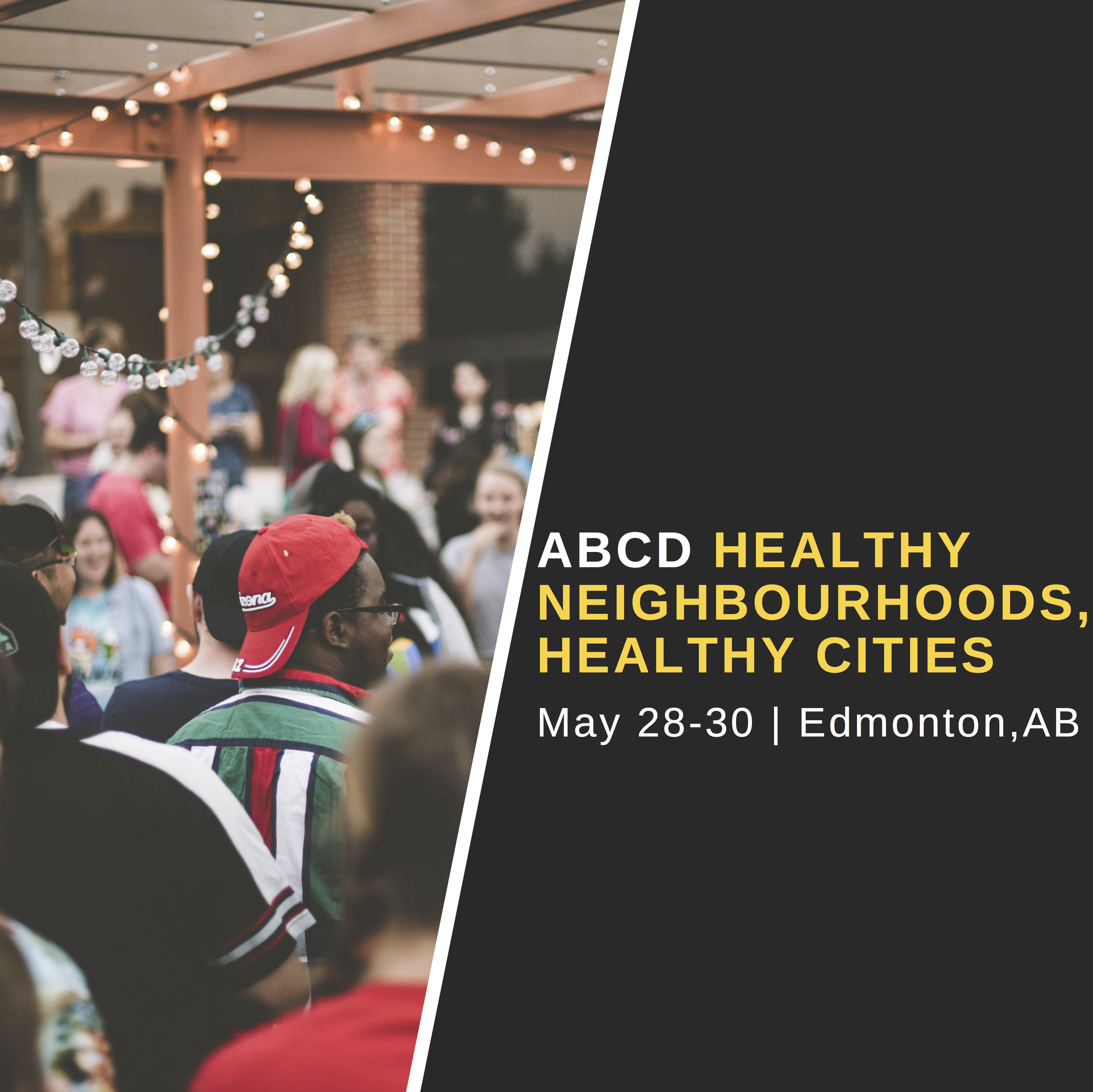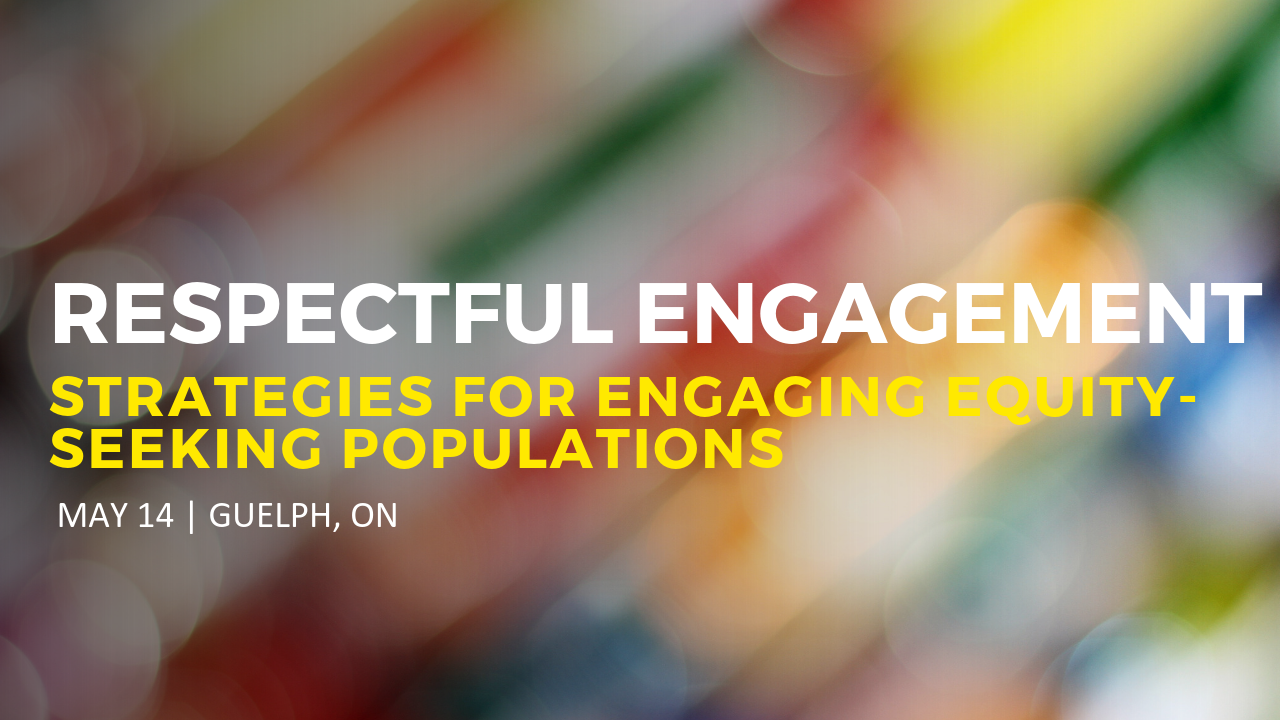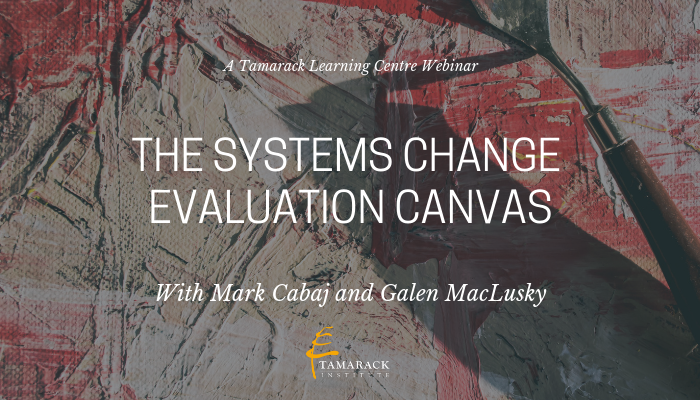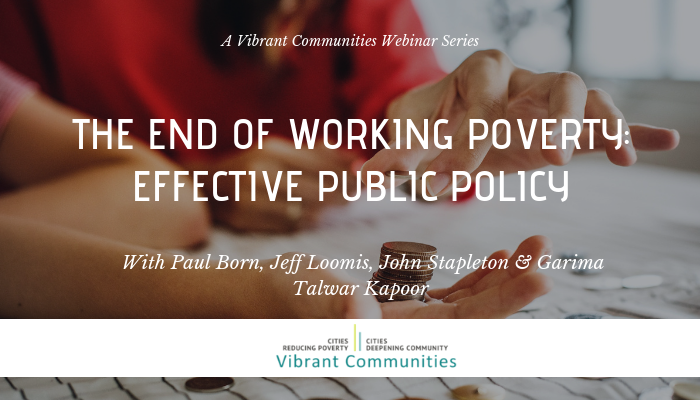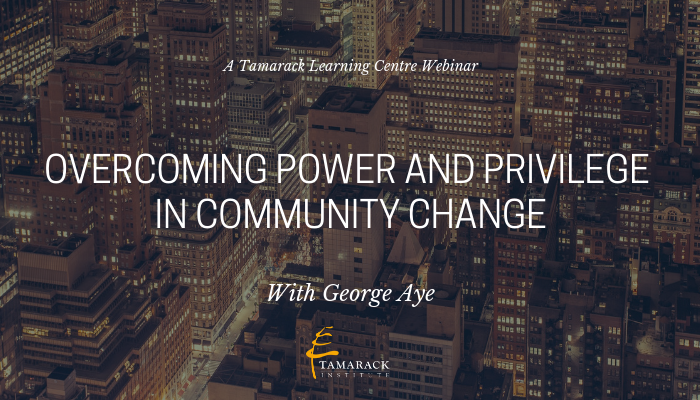Tamarack Institute | March Edition, 2019
In this Issue:
- Building a Neighbourhood Strategy from the Outside In
- Tackling the Challenge of Disruption
- Education Beyond School Walls
- Insights into the Work of Authentic Community Engagement
- Small Changes for Big Impacts: How Behavioural Economics can Inspire Community Change
- The Latest from the Field
- Upcoming Events You Won't Want to Miss
Building a Neighbourhood Strategy from the Outside In
BY: HEATHER KEAM

As Cities grow, populations change and become more diverse, new neighbourhoods are built, and older neighbourhoods are being intensified. So, how do you deepen the sense of community? This is the question that the City of Waterloo’s was tasked with when they started to develop their neighbourhood strategy. The City wanted to build a strategy to help define how to support neighbourhoods, facilitate continued growth, and support community members to be empowered to create strong neighbourhoods.
In 2016, Waterloo’s Neighbourhood Strategy set out to identify how the City can best support community members to create stronger and more connected neighbourhoods. What is interesting about the City’s process is the structure in which led to the development of the strategy. The City developed three different teams to guide the process:
- A Steering group that included representatives from 13 organizations including: neighbourhood associations, United Way, 2 post-secondary institutions, the community foundation, library, public school board, police services and neighbourhood groups, all with a direct interest in Waterloo neighbourhoods.
- A Resident Panel of community members who met seven times over the course of the project to provide in-depth input into the draft neighbourhood strategy. Panel members had an opportunity to learn about the current context of neighbourhoods, engage in deep conversations about multiple topics related to neighbourhoods, and to engage in the process of developing and revising the strategy and establishing priorities.
- A staff team who did the behind the scenes work to develop the draft strategy. There were staff from policy, community and neighbourhood services, enforcement and cultural planning departments.
With the guidance of the above teams, the City took a four-phase approach over a span of 19 months to develop the strategy. The following principles guided the development of the strategy recommendations and continue to guide the implementation of the neighbourhood strategy:
- Residents and neighbourhood volunteers are at the root of a great neighbourhood.
- Every resident is a neighbour and can help build strong neighbourhoods.
- Neighbourhood community building should be resident-led.
- Neighbourhood community building should aim to be inclusive.
- City departments must work together to help support resident-led and delivered neighbourhood initiatives.
- Collaboration with community partners is key to achieving the strategy’s vision.
The strategy was built on public consultation input and research, the project staff team worked with the Steering Committee, the resident panel and other key stakeholders to develop a vision and goals. The three teams working together were instrumental in the development of the City’s first Neighbourhood Strategy that was accepted by Council in June 2018.
Learn More:
Read the full case study: Strong and Connected Neighbourhoods - Waterloo's Neighbourhood Strategy
Share this article:
Tackling the Challenge of Disruption
BY: LIZ WEAVER
 Disruptive times have many pieces shifting at the same time. We can feel overwhelmed by the changing demands of our workplaces as our offices become more digital; navigate different generational perspectives; and respond to increasing complexity. Likewise, there are significant shifts in the political and work environments - in our social and digital relationships and increasingly in changes we are experiencing in the natural environment.
Disruptive times have many pieces shifting at the same time. We can feel overwhelmed by the changing demands of our workplaces as our offices become more digital; navigate different generational perspectives; and respond to increasing complexity. Likewise, there are significant shifts in the political and work environments - in our social and digital relationships and increasingly in changes we are experiencing in the natural environment.
These changes and demands seem to be coming at us at a rapid and unyielding pace. As community change-makers, we have choices to make. We can hunker down and focus on the delivery of micro-services which support individuals in our community at times of stress and challenge. Or, we can embrace these disruptive times as times of opportunity and experimentation.
In the paper Disruptive Times Require Skilled Changemakers I explore the skills and capacities needed to navigate the waves of change that we are currently experiencing. These skills include reflecting on the mindsets that we need as change-makers to tolerate, and in fact, embrace ambiguity and change. It also requires leaders and their organizations to become increasingly agile.
A surfer does not always ride the first wave but watches the horizon for opportunities for larger waves. The surfer dodges and dives through the water and waves, carving a path forward while being drawn by the current towards the shore. This analogy suits an agile approach, leaders need to move forward at the same time as keeping their view to the horizon of possibilities.
Tamarack has identified five interconnected practices which can help community change-makers navigate the waves of disruption. Building our collaborative leadership skillset; understanding how to authentically engage others; bridging innovative practices; understanding the value of collaboration and evaluating impact are critical skills and practices.
Surfers spend hours building their skills to successfully ride the ultimate wave. Likewise, change-makers need to invest in their practice to achieve deep and durable impact for their communities. We invite you to read this paper and share your thoughts about community change. We also invite you to join us to build your change-maker tool kit by accessing our online resources, joining our upcoming webinars or attending a Tamarack workshop.
Learn More:
- Read the paper Disruptive Times Require Skilled Changemakers
- Check out our upcoming events and webinars
- Explore a collection of our past webinars and interviews
Share this article:
Education Beyond School Walls
BY: GLENDA COOPER
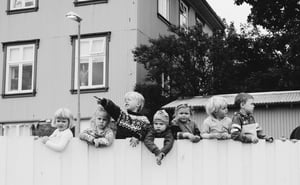
What do you do when you have children craving adult attention in a neighbourhood with disconnected adults fearful of ‘trouble-making’ youth? A school in Wisconsin, USA conducted a community survey and learned that the community did not know anything about the school. What the neighbours did identify in the survey was that there were young people running around the neighbourhood causing trouble. The survey results prompted the school to ask: How do we extend education beyond the walls of the school and utilize the gifts and the assets of the neighbours, organizations and institution in the community?
In a recent article by Julie Filapek and John McKnight, the authors demonstrate how Asset-Based Community Development can illuminate the educational possibilities that exist in neighbourhoods, and how a neighbourhood and a local school can grow stronger together. In walking through the process of discovering a neighbourhood’s assets within an educational context the guide offers lists of assets and ideas to help a community to identify their gifts, skills, and experiences in terms of their potential educational value. In addition to providing practical resources for mapping the educational assets of the people, agencies and institutions in the neighbourhood, they remind us of the universal truths in any asset discovery process:
- Relationships, face-to-face conversations is where magic happens
- Creating an inventory is not the goal but a side benefit; connections between people is the goal
- Every single person has something valuable to contribute
- Remember young people! They have assets to share too
What is so brilliant about connecting youth with the individuals, organizations and agencies in their neighbourhood is that these relationships are essential to helping a young person “grow up healthy, caring, and responsible.” Research indicates that relationships with caring adults and feeling valued by and connected to the community are among the 40 Development Assets essential for children to thrive. By inspiring a community’s adults and agencies to get involved in a young person’s life by sharing what they know and are passionate about, the resilience of the neighbourhood’s young people naturally strengthens.
Relationships are reciprocal; remembering that young people also have gifts, abilities and knowledge to contribute the community opens up new possibilities. Imagine a neighbourhood where retirees organize a summer sports league and teenagers offer coaching and skill development sessions, where a neighbour with woodworking equipment invites youth to learn woodworking and together they build outdoor furniture for their neighbourhood, or where a senior centre seeks teenagers to teach technology skills. What other possibilities might emerge in such a neighbourhood?
So, what do you do when you have children craving adult attention in a neighbourhood with disconnected adults? Bring them together.
Learn more:
- Join us in Edmonton, AB May 28-30, 2019 for ABCD: Healthy Neighbourhoods, Healthy Cities
- Read A Guide to Identifying and Sharing a Neighborhood’s Educational Assets with Young People
- Explore The Search Institute's 40 Developmental Assets
- Review the Eight Touchstones to Asset-Based Community Development
Share this article:
Insights into the Work of Authentic Community Engagement
BY: SYLVIA CHEUY

The value and necessity of engaging multiple sectors to work collaboratively to address complex issues is now a widely accepted practice. As recognition of the value and importance of engaging the wisdom and knowledge of “context experts” in Collective Impact initiatives has grown, it has also contributed to a heightened interest in better understanding how to embed authentic engagement as a practice in community change efforts.
A new publication entitled Pre-Community Engagement: Setting the Stage for Authentic Community Engagement by the Vitalyst Health Foundation highlights the need and value of viewing community engagement as an opportunity to both build relationships as well as achieve positive community results.
This report highlights the value of developing community knowledge and fostering trusting relationships across the community and recognizes that this work should be ongoing and should precede any specific Community Engagement efforts. Investing time and energy in understanding a community and its history helps to ensure that a “future community engagement plan and strategies will be successful in inspiring community participation and connecting with residents in an authentic way.” Vitalyst Foundation’s Pre-Community Engagement methodology focuses on the following 3 elements:
- Understand the Layers Within a Community – There is no such thing as ONE community. The first step in any pre-engagement effort is to understand the sub-communities that make up the community. Your understanding should focus specifically on the following four areas:
- Identifying and building relationships with existing groups in the community
- Understanding the history of the community from both formal and informal sources
- Engaging community leaders to identify existing community networks
- Learning about current and previous community engagement efforts
- Understand a Range of Community Member Perspectives – Your effort to get to know the community should focus on gaining a better understanding of the opinions and perspectives of different groups. Obtaining specific information about barriers and challenges to engaging various groups and learning about their communications preferences will help you to develop effective engagement plans in the future. Acting on this information also helps to build trust in your capacity to listen and respond.
- Identify Engagement Strategies that Support Community Preferences – Future engagement efforts should reflect the input and advice of community. It is equally important that your engagement efforts demonstrate a respect for and valuing of the wisdom, knowledge and contribution of “context experts.”
Done well, Community Engagement creates opportunities to bring together a diversity of perspectives, develop a shared understanding of the challenges and opportunities the community faces, and allows people to work together to implement new solutions and seize new opportunities that benefit everyone. The Tamarack Institute recently hosted Max Hardy, an Australian Community Engagement thought-leader, who underlined the point that authentic engagement efforts empower those it seeks to engage with to make changes. This final point is essential to engaging community members to take responsibility for bringing about change and improvement. Without agency or the power to actually affect the outcome of the change effort, the community's response will always be lessened.
Learn More
- Download Pre-Community Engagement: Setting the Stage for Authentic Community Engagement by the Vitalyst Health Foundation
- Watch the webinar Rethinking Democracy: Strategies that Put Citizens at the Centre, featuring Max Hardy and Sylvia Cheuy
- Join us for our one-day workshop, Citizens at the Centre: A Community Engagement Thought-Leader Series, coming to Halifax, Ottawa, Toronto, Calgary, and Vancouver in May 2019.
- Learn more about Max Hardy, and visit his blog
Share this article:
Small Changes for Big Impacts: How Behavioural Economics can Inspire Community Change
BY: GALEN MACLUSKY
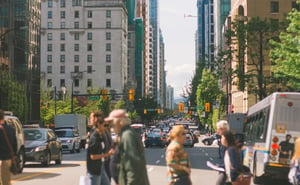 How do we get people to change their behaviour? There are many things that people do that contribute to the social challenges we face: people throw away what could be recycled, they waste food, water their lawns in droughts, harm other people, choose not to give their money or time to our most vulnerable residents, and do many other things that don’t benefit themselves, others, and our communities.
How do we get people to change their behaviour? There are many things that people do that contribute to the social challenges we face: people throw away what could be recycled, they waste food, water their lawns in droughts, harm other people, choose not to give their money or time to our most vulnerable residents, and do many other things that don’t benefit themselves, others, and our communities.
Regardless of the social issue you’re facing, behaviour change is likely a critical component. We often default to building knowledge and awareness, assuming that the underlying reasons that people do the things they do is because they don’t realize the full consequences. People don’t realize the impact that waste and greenhouse gases have on our wellbeing, the impacts of their actions on others, or just how much another community member needs their help. But despite all our efforts to raise awareness of an issue, we don’t always see results. What if there were other ways to help people make decisions that benefit themselves and others?
The field of Behavioural Economics, popularized by books like Predictably Irrational and Nudge offers an alternative lens to view behaviour change. What if our actions are less dependent on our beliefs and values than we thought, and more dependent on the design of our environments? There is strong evidence that suggests this is the case. An oft-cited example is in organ donation. At first blush the decision to register as an organ donor is highly values-based, dependent on both individual and societal mores. However, in countries like Denmark, the Netherlands, the UK and Germany had organ donation consent rates are well below 30%, while other neighbouring countries like Austria, Belgium, France, and Sweden have rates at or above 98%. The critical difference reported in Science Magazine in 2003 was not culture, geography, or history, but the use of defaults. The countries with high consent rates used an ‘opt-out’ system, meaning that people are organ donors unless they register to not be. The countries with low consent rates used an ‘opt-in’ system, meaning that people are not organ donors unless they explicitly register to become one. (Johnson and Goldstein, 2003)
This has some interesting implications. It suggests that the decision to register for most of the population is not primarily driven by values, but by the design of the choices we’re presented with. If that is the case, our efforts to change behaviour would be better spent on designing those choices, rather than trying to build awareness of the value of organ donations or dispelling common myths (which is exactly what the government of Ontario is doing with a current pilot project). If this is true for something as significant as organ donation, what might it mean for things like recycling, being a good neighbour, or donating to charity?
The field of Behavioural Economics offers changemakers a unique lens to understand how behaviour change may come about. Rather than spend all our efforts raising awareness and building groundswell for change, what if we could encourage recycling by giving people small garbage bins and large recycling bins, or encourage saving by helping people overcome the common cognitive barriers they face? By understanding the factors on our environments that influence human behaviours, changemakers can find new ways to focus their efforts and create sustainable, beneficial change in our communities.
Next month I’ll be diving deeper into some of the main principles that Behavioural Scientists have identified, and where they might be most applicable to the work of community change. Stay tuned!
Learn More:
- Check out Johnson and Goldstein’s investigation into organ donation rates, Do Defaults Save Lives?
- Explore the ways that Canadian governments are incorporating Behavioural Economics into their change efforts, including the Government of Ontario’s Behavioural Insights Unit and British Columbia’s Behavioural Insights Group
- Read more about Behavioural Economics in Nudge by Thaler and Sunstein and Predictably Irrational by Dan Ariely
- Get in touch with Galen at galen@tamarackcommunity.ca
Share this article:
THE CASCADING EFFECTS OF CHILDCARE
By: Elle Richards
Read the Post
12 BOLD IDEAS TO ELIMINATE POVERTY
By: Saskatoon Poverty Reduction Partnership
Read the Post
THE IMPACT OF TAX CLINICS ON FINANCIAL EMPOWERMENT
By: Justin Williams
Read the Post
POWER, LEADERSHIP, AND COMMUNITY CHANGE
By: Paul Schmitz
Watch the Webinar
EVALUATING COLLECTIVE IMPACT EFFORTS
By: Liz Weaver
Access the Tool
TURNING THE NARRATIVE ON COMMUNITY ENGAGEMENT
By: Duncan Field
Read the Post
Citizens at the Centre: A Community Engagement Thought-Leader Series
Halifax, NS | May 1
Ottawa, ON | May 2
Toronto, ON | May 3
Calgary, AB | May 6
Vancouver, BC | May 7
Citizens at the Centre is a brand new one-day workshop designed to build your Community Engagement capacity. Max Hardy, a leading voice on the use of deliberative democracy in community change work, will be joining Tamarack's Liz Weaver and Sylvia Cheuy all the way from Australia, to share his insights and experience to help you develop your Community Engagement toolkit while taking a people-first approach.
Evaluation + Design: Evaluating Systems Change
May 22-23 | Ottawa, ON
Evaluation + Design: Evaluating Systems Change is a two-day workshop designed to help you integrate innovation and design techniques with developmental evaluation. By combining both design and evaluation techniques, you'll return to your organization with a diverse toolset that will boost your capacity to drive and evaluate changes to the systems that form the base of complex community challenges. This event will feature a special guest address from evaluation pioneer Michael Quinn Patton.
ABCD: Healthy Neighbourhoods, Healthy Cities
May 28-30 | Edmonton, AB
ABCD: Healthy Neighbourhoods, Healthy Cities will bring together over 250 community and neighbourhood development practitioners to explore the use of Asset-Based Community Development and explore leading neighbourhood revitalizing techniques.The workshop will feature masterclasses led by world-renowned thought leaders in the field and the opportunity for learners to earn a masterclass certificate in either ABCD or Neighbourhood revitalization.
Respectful Engagement: Strategies for Engaging Equity-Seeking Populations
May 14, 2019 | Guelph, ON
This workshop will provide an opportunity for you to learn more about the theory and practice behind engaging equity-seeking populations in your community, identify the community connections and relationships that are required for effective engagement, and share resources and learnings with each other.





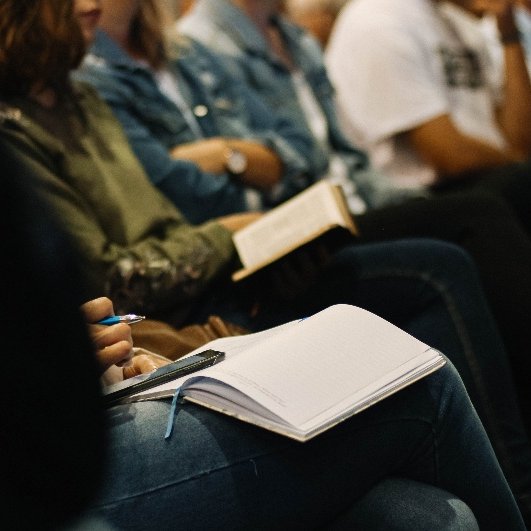

.png?width=1080&name=MH%20Masterclass%20Square%20(1).png)

